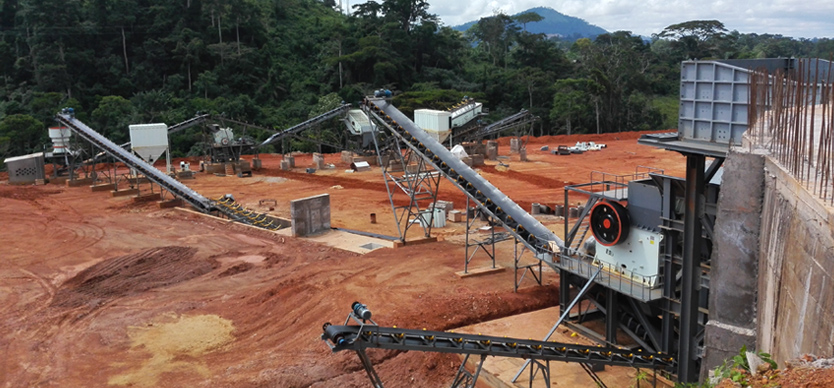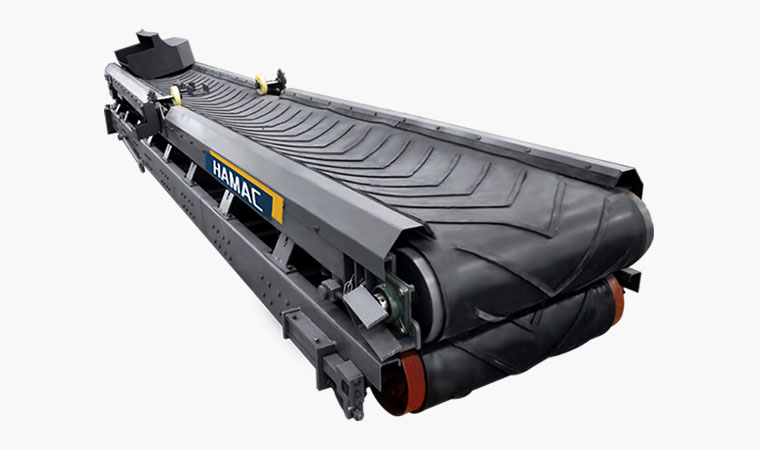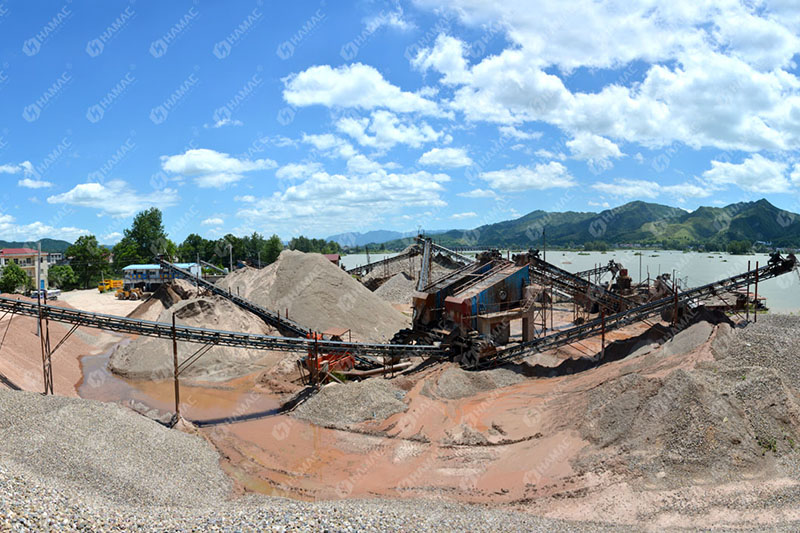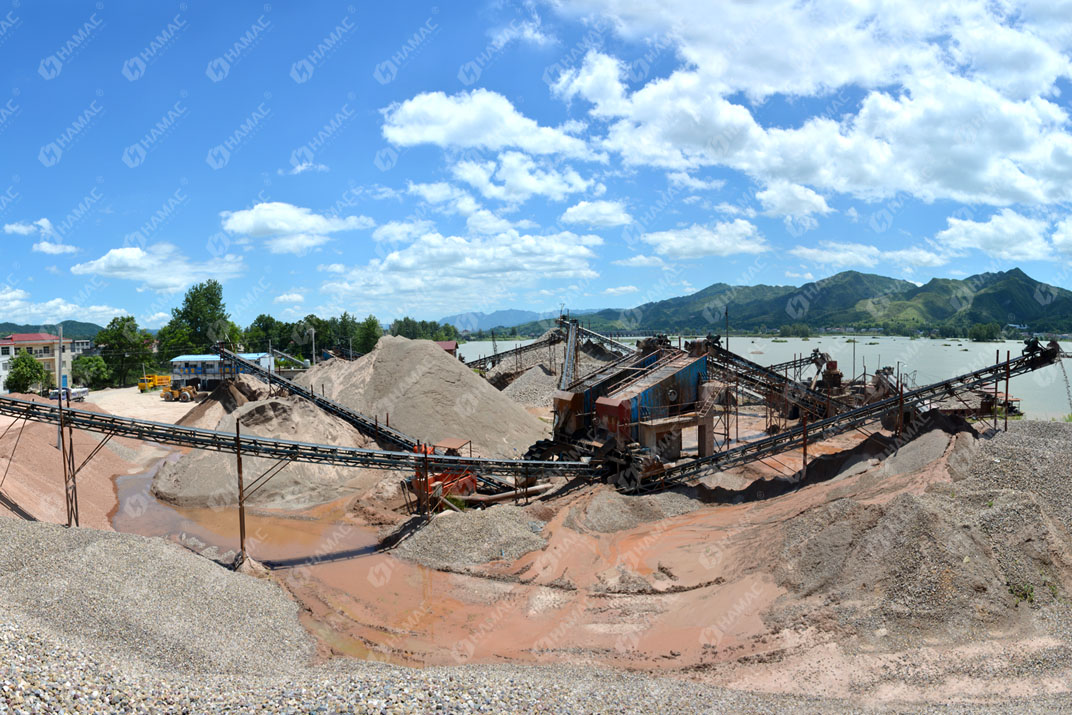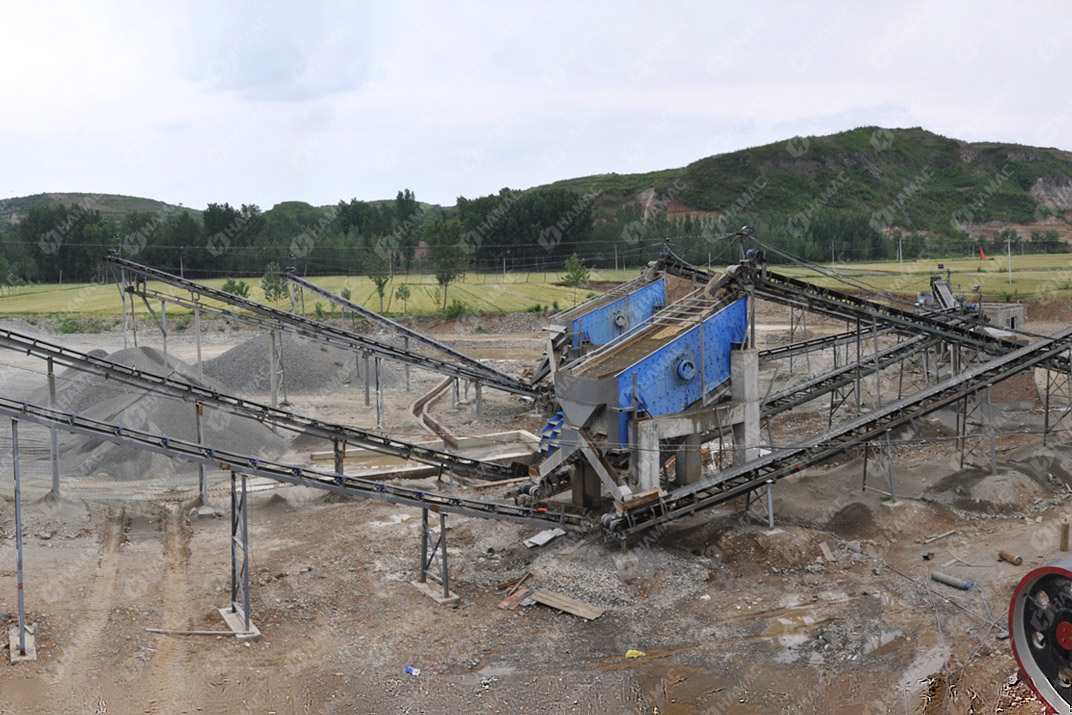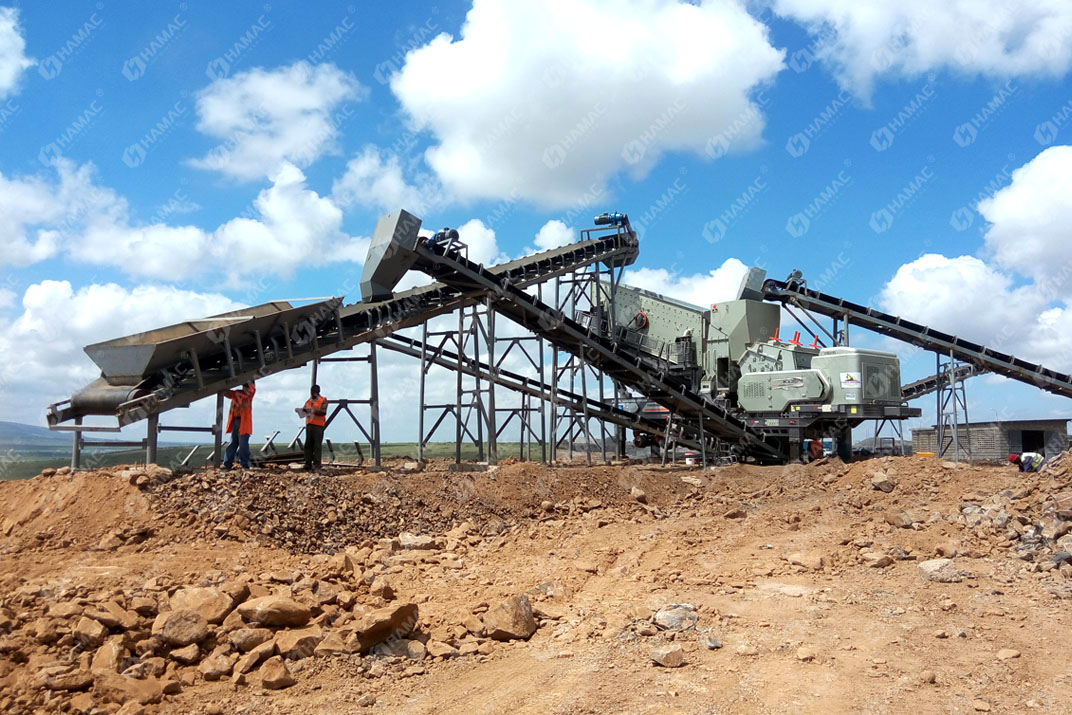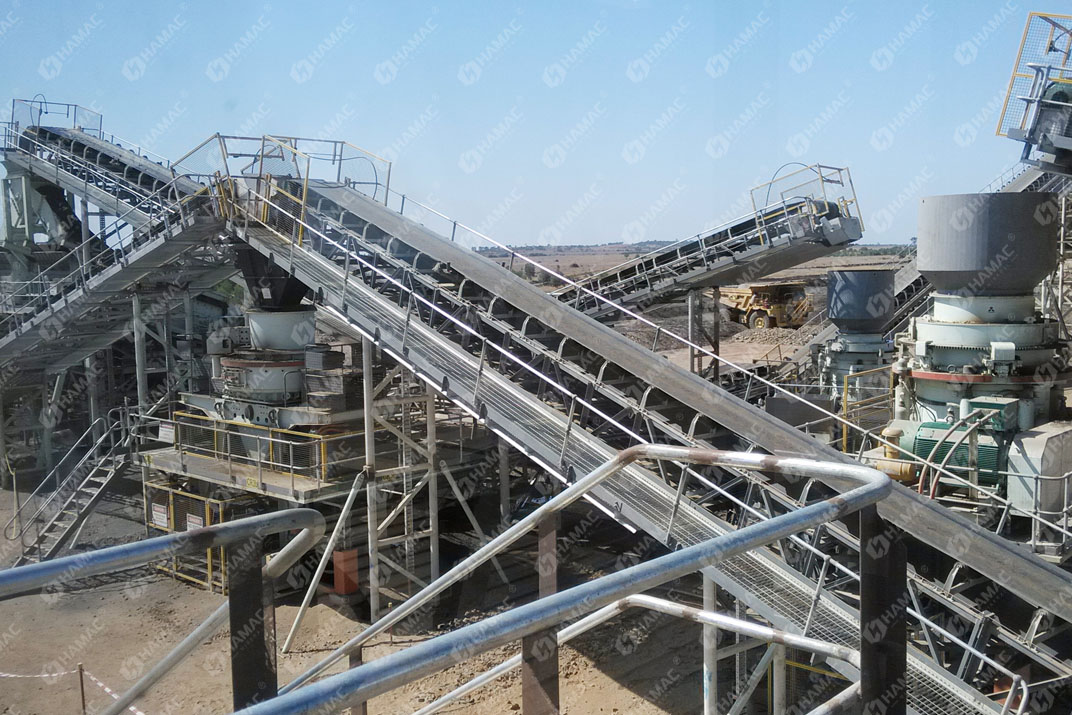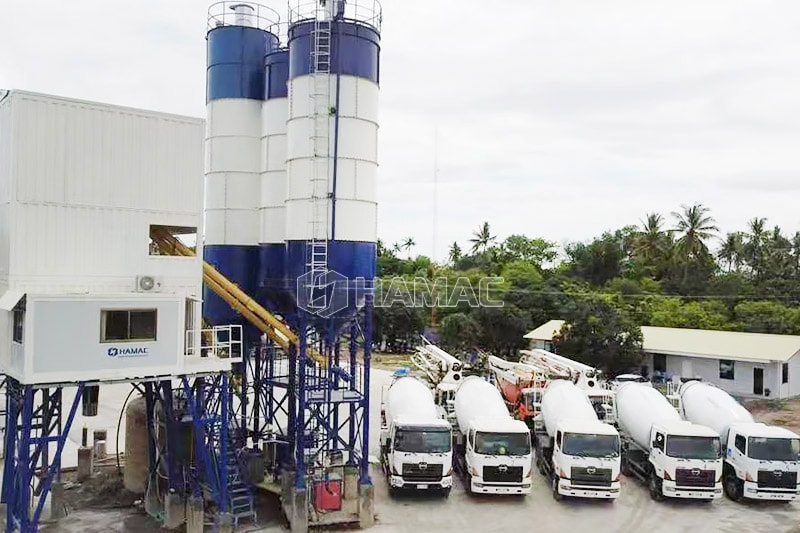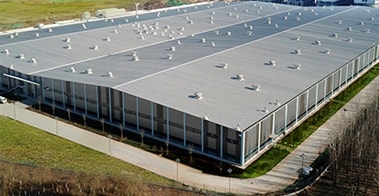Conveyor Belt Working principle
The belt conveyor is mainly composed of a frame, conveyor belt, rollers, drums, tensioning devices, transmission devices, etc. The drum that rotates the conveyor belt is called the drive drum, and the other drum that only changes the direction of movement of the conveyor belt is called the redirection drum. The drive drum is driven by an electric motor through a reducer, and the conveyor belt is dragged by the friction between the drive drum and the conveyor belt. The drive drum is generally installed at the discharge end to increase traction and facilitate dragging. The material is fed from the feeding end, falls on the rotating conveyor belt, and is transported to the discharge end by the friction of the conveyor belt.

Conveyor Belt Technical advantages
HAMAC belt conveyor has many types of belt widths HAMAC belt conveyor has six types of conveyor belt widths, including 500, 650, 800, 1000, 1200 and 1400mm
Suitable for materials of various specifications and packaging forms It can be used to convey various block and granular materials with a bulk density of 0.5 to 2.5t/m3, and can also convey piece items.
HAMAC has strong environmental adaptability and large conveying capacity The applicable working environment temperature is between -15℃ and +40℃, and cold-resistant and heat-resistant conveyor belts can be used according to the working conditions.
Configure conveyor belts of different materials to adapt to the properties of materials When conveying acidic, alkaline, oily materials and materials with organic solvent properties, oil-resistant and acid-alkali-resistant conveyor belts can be used.
